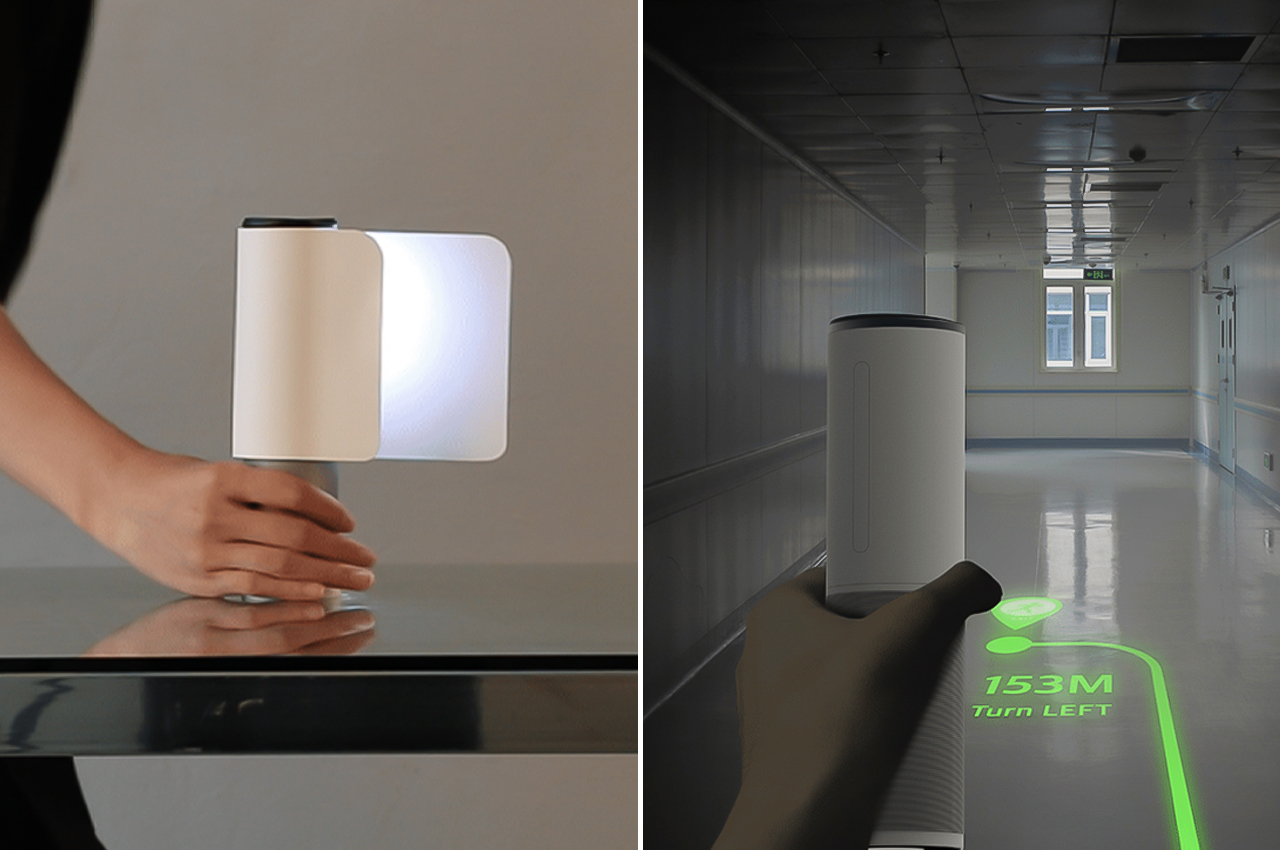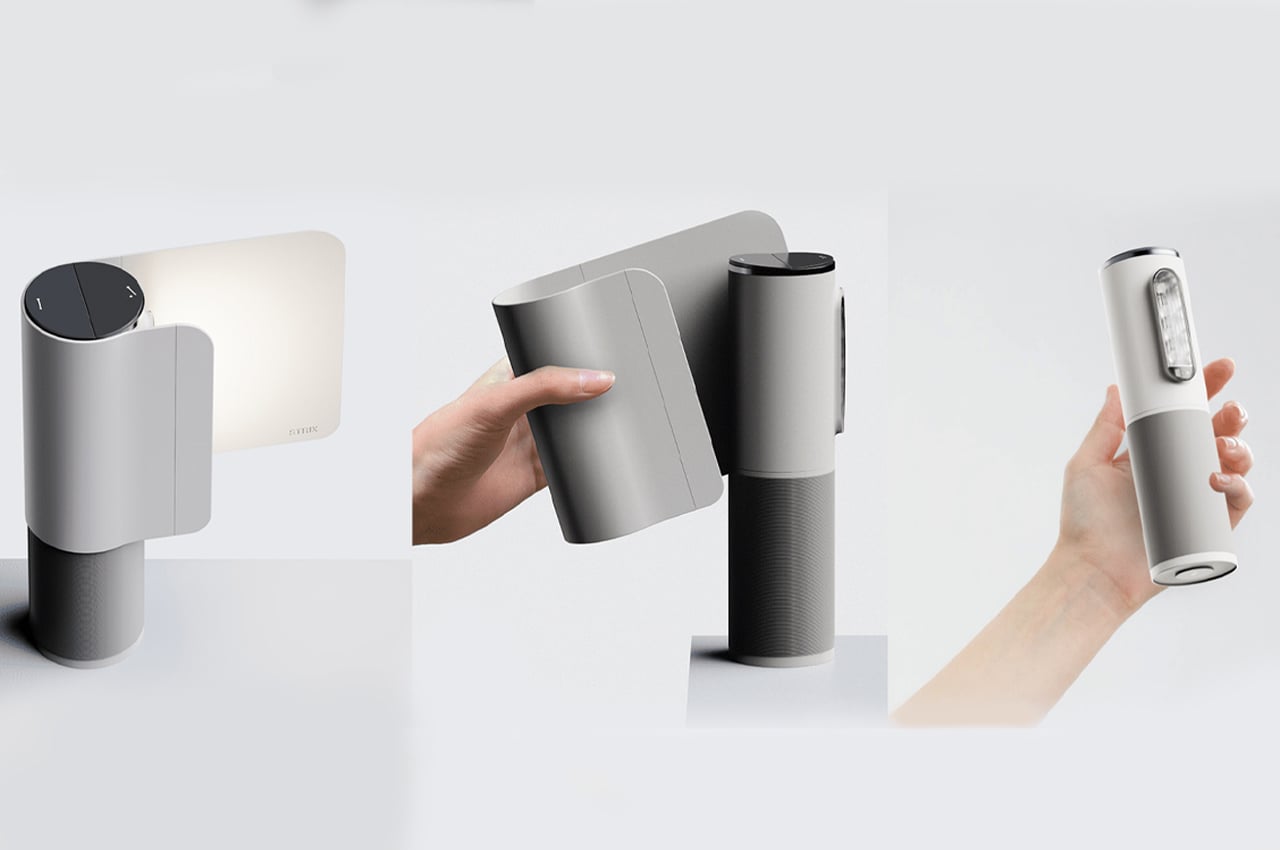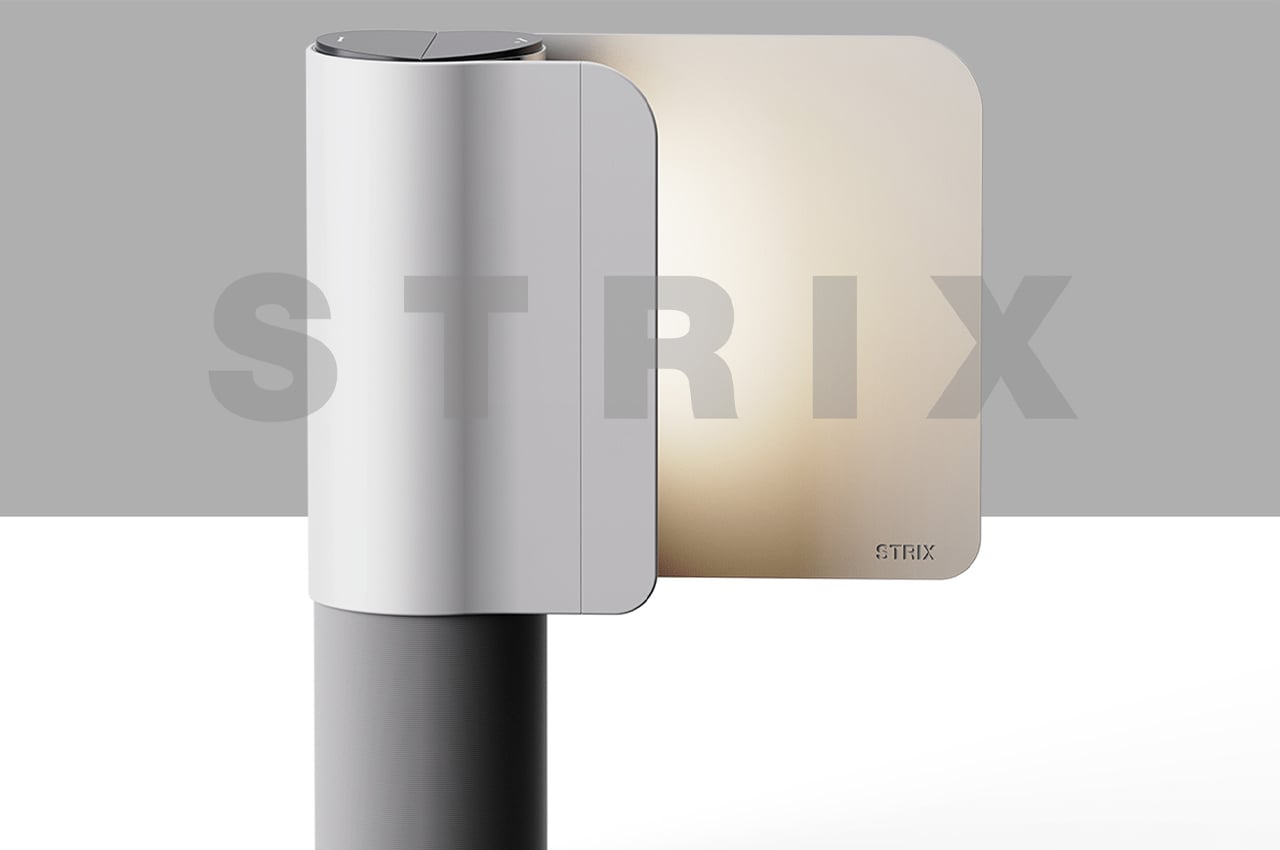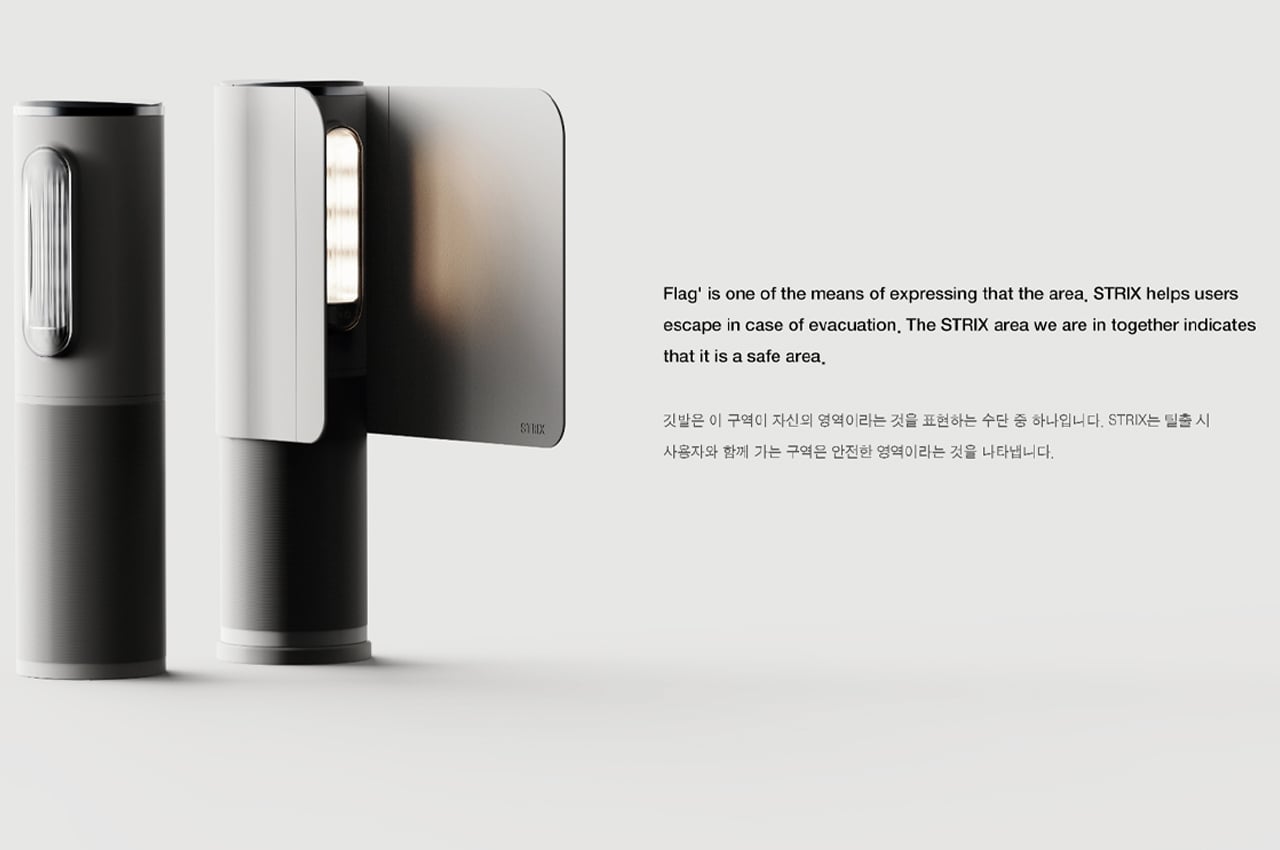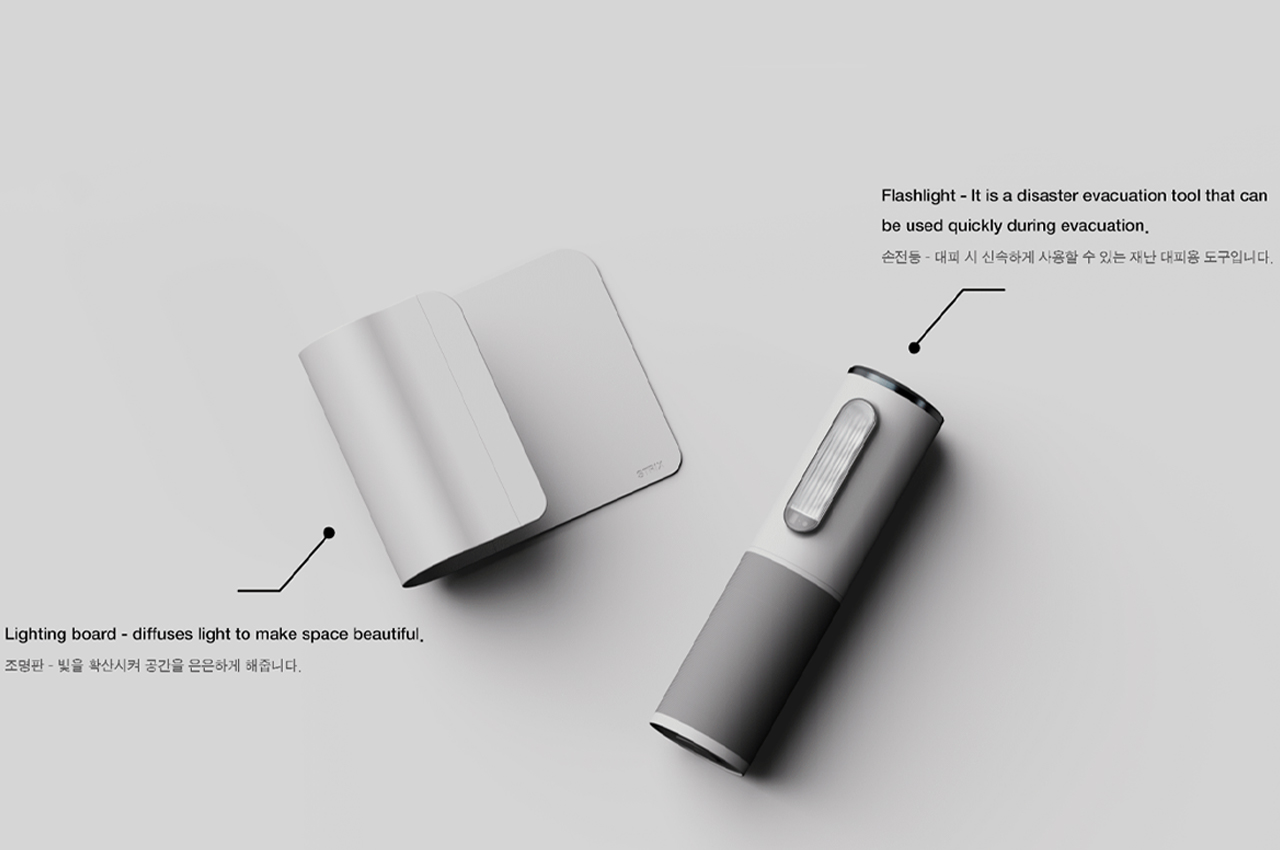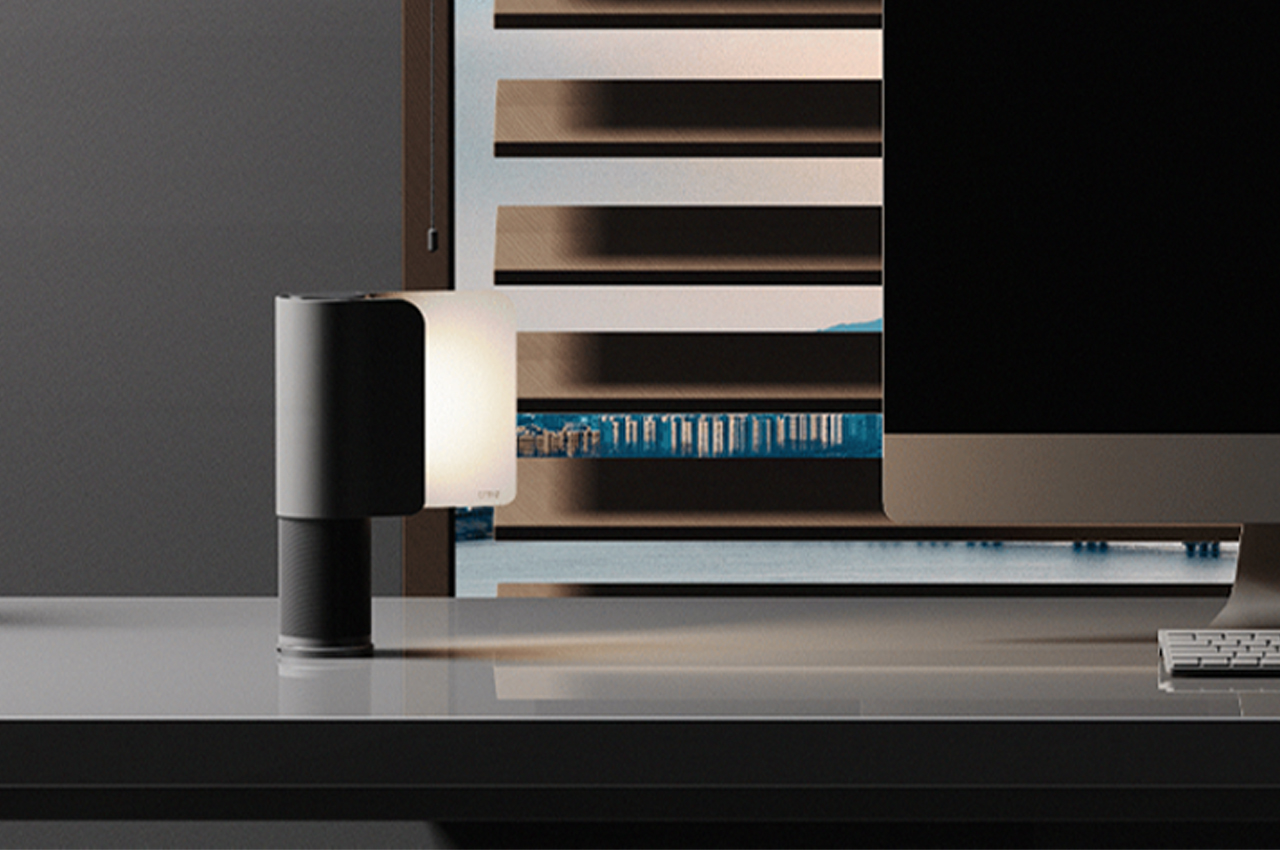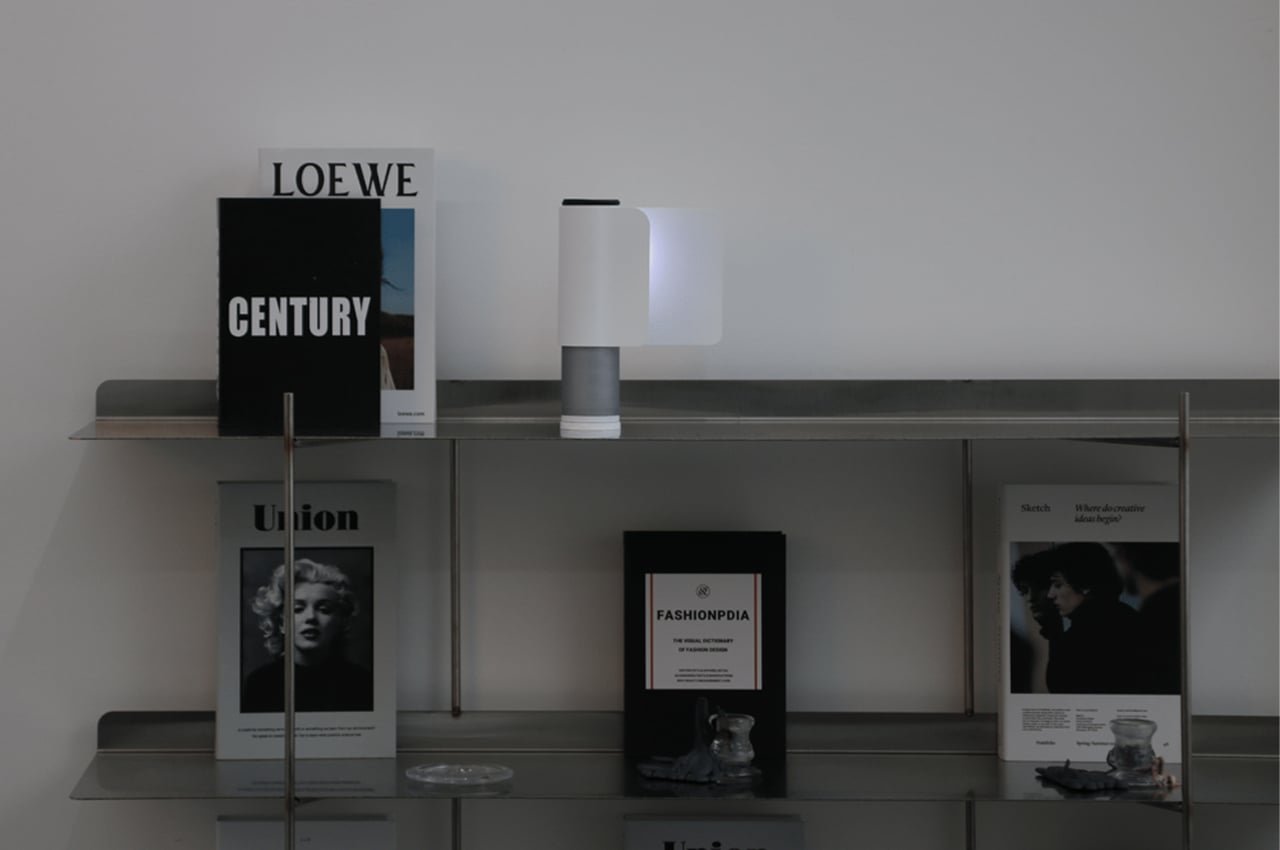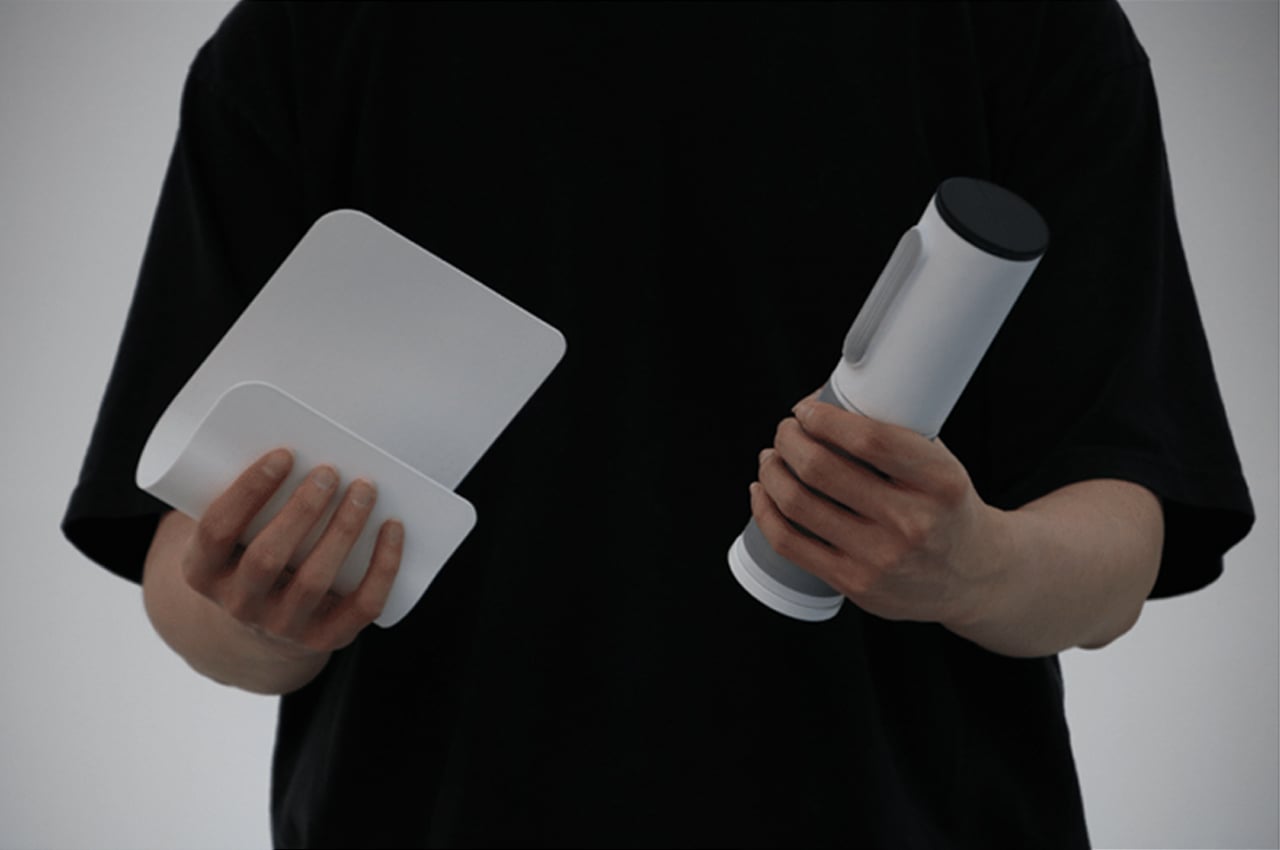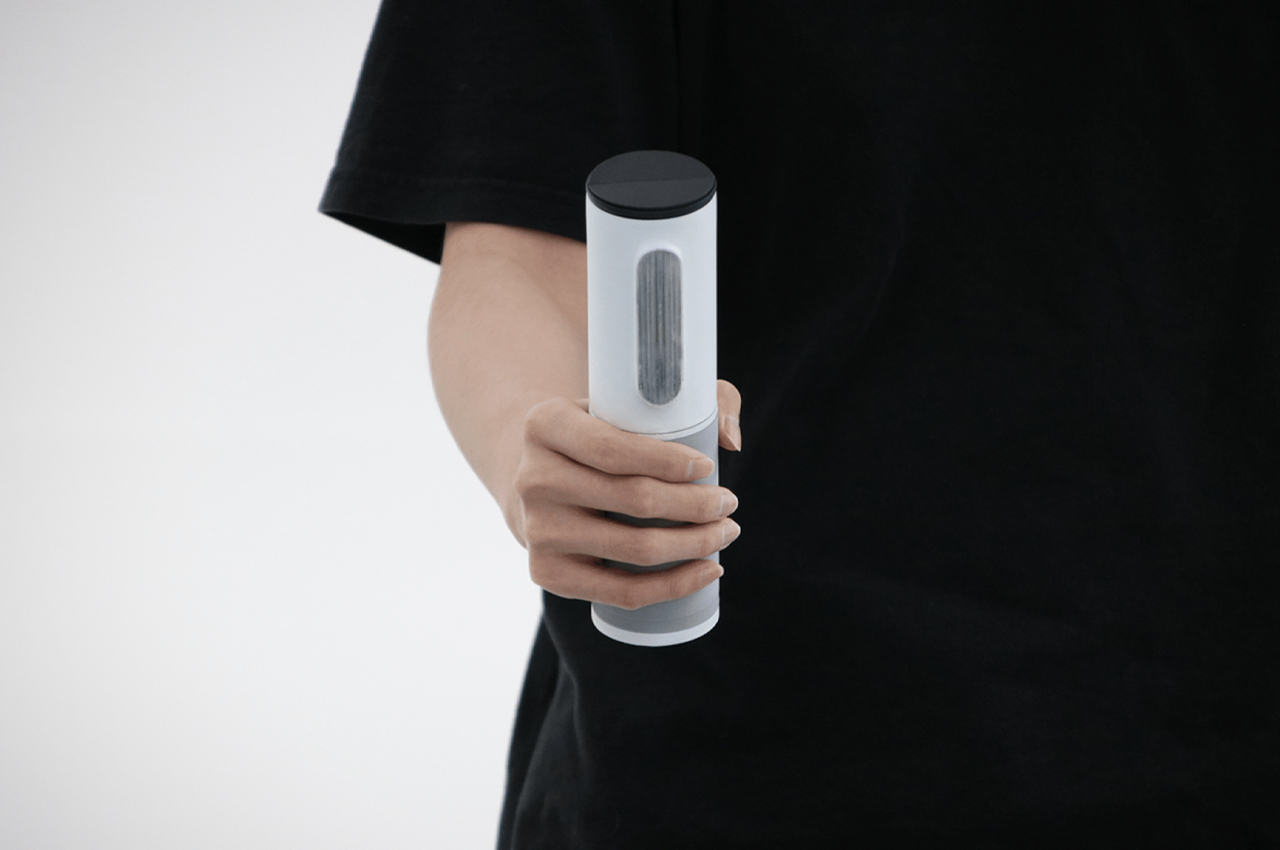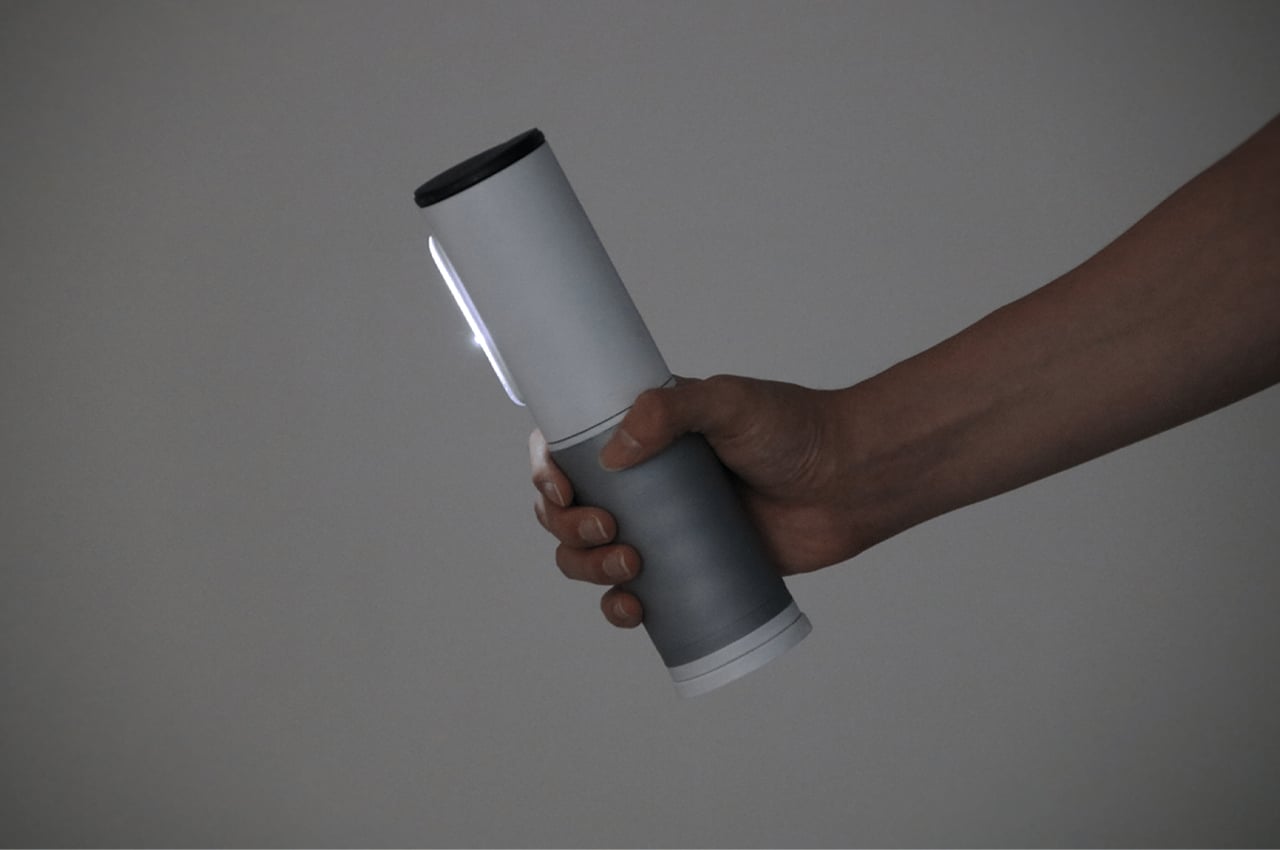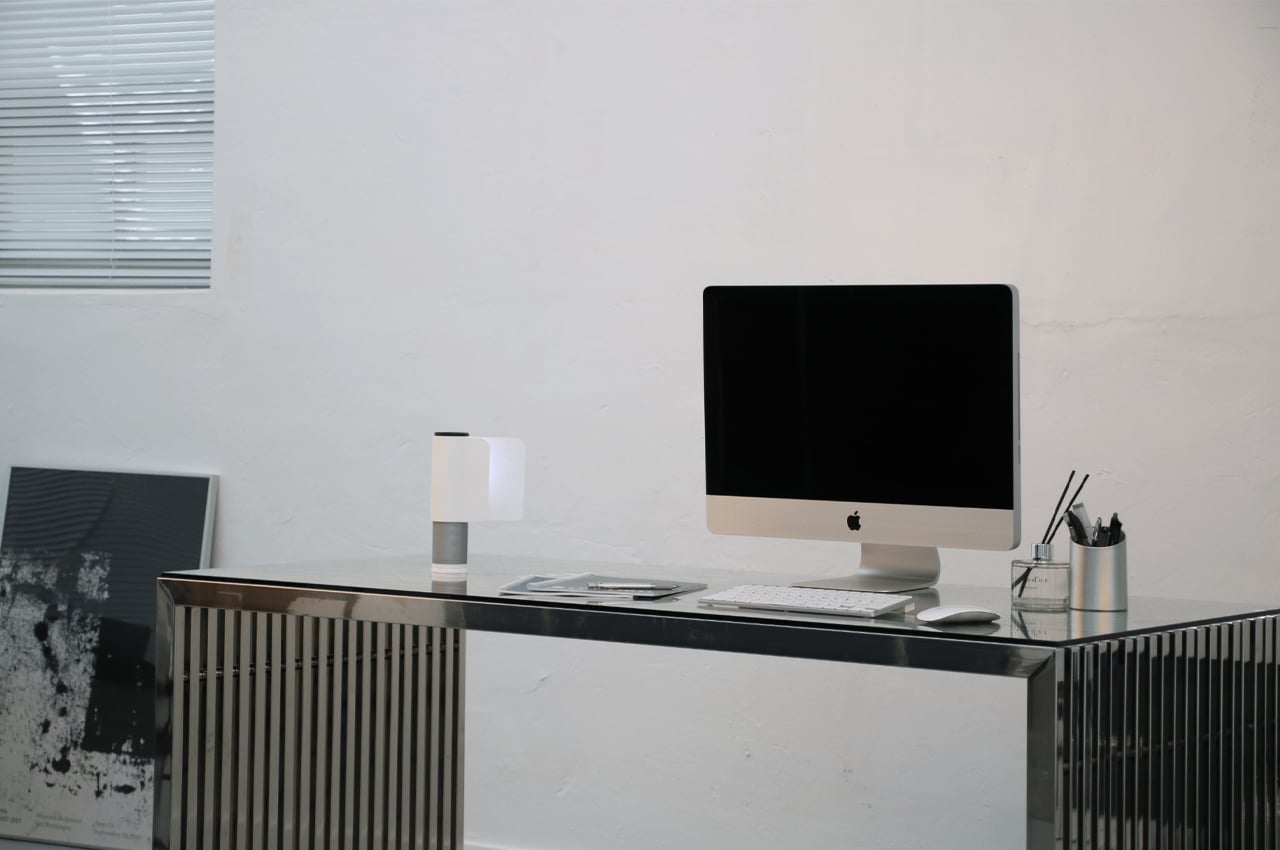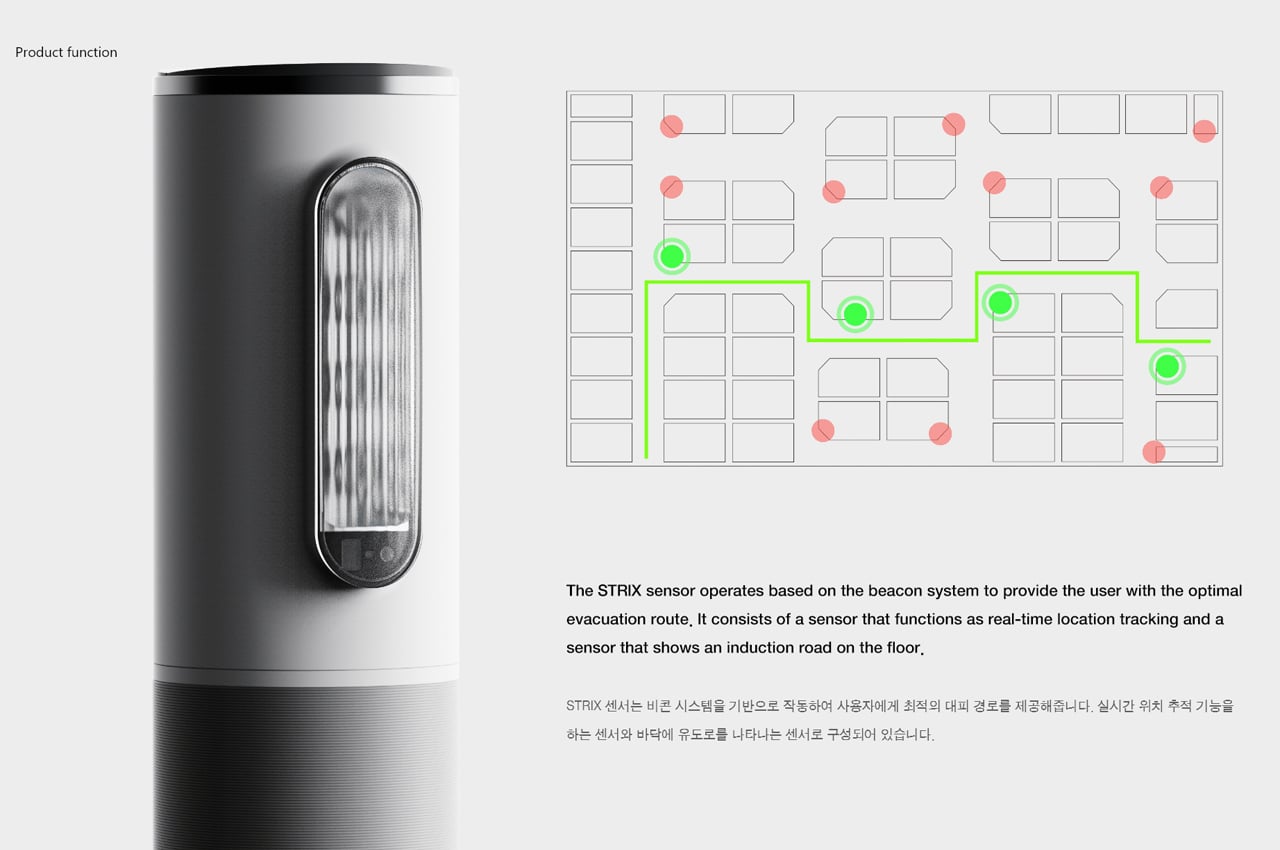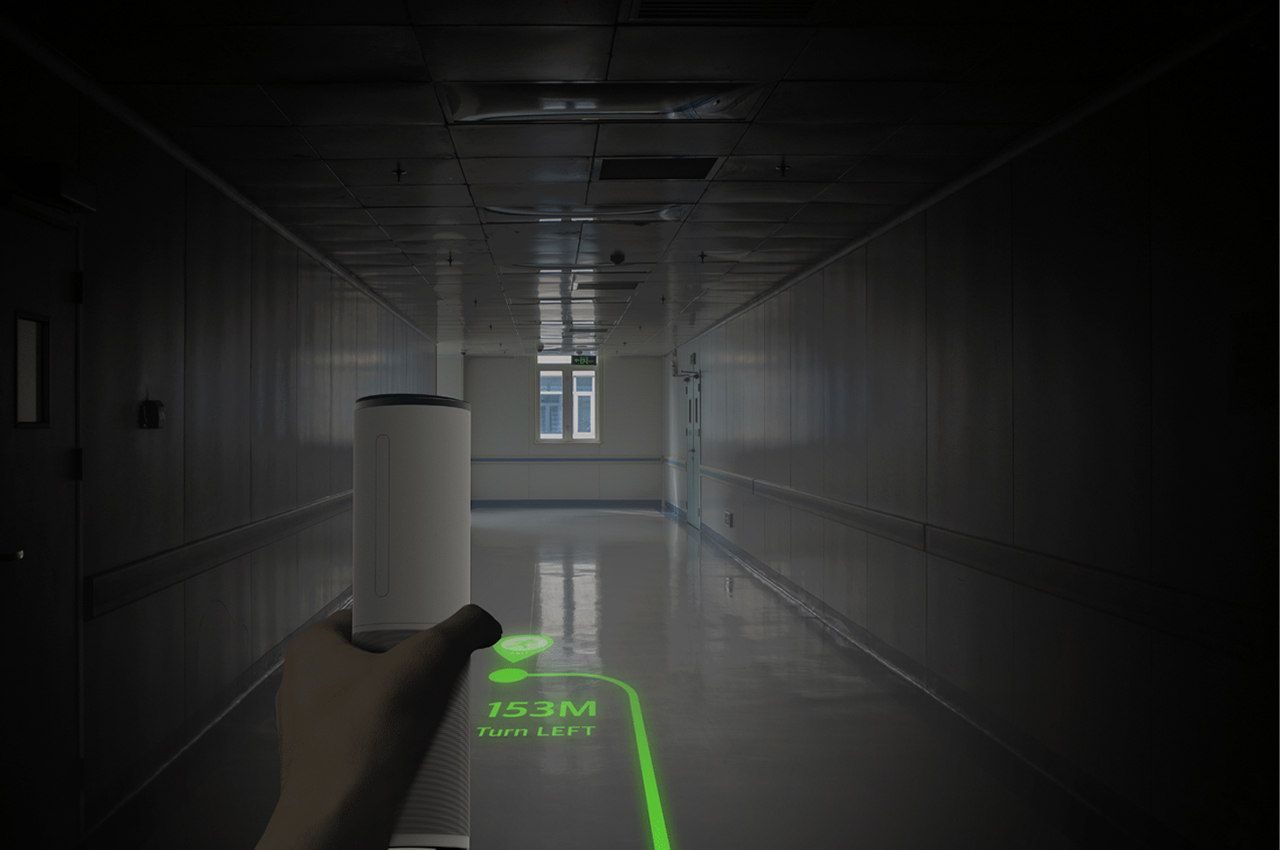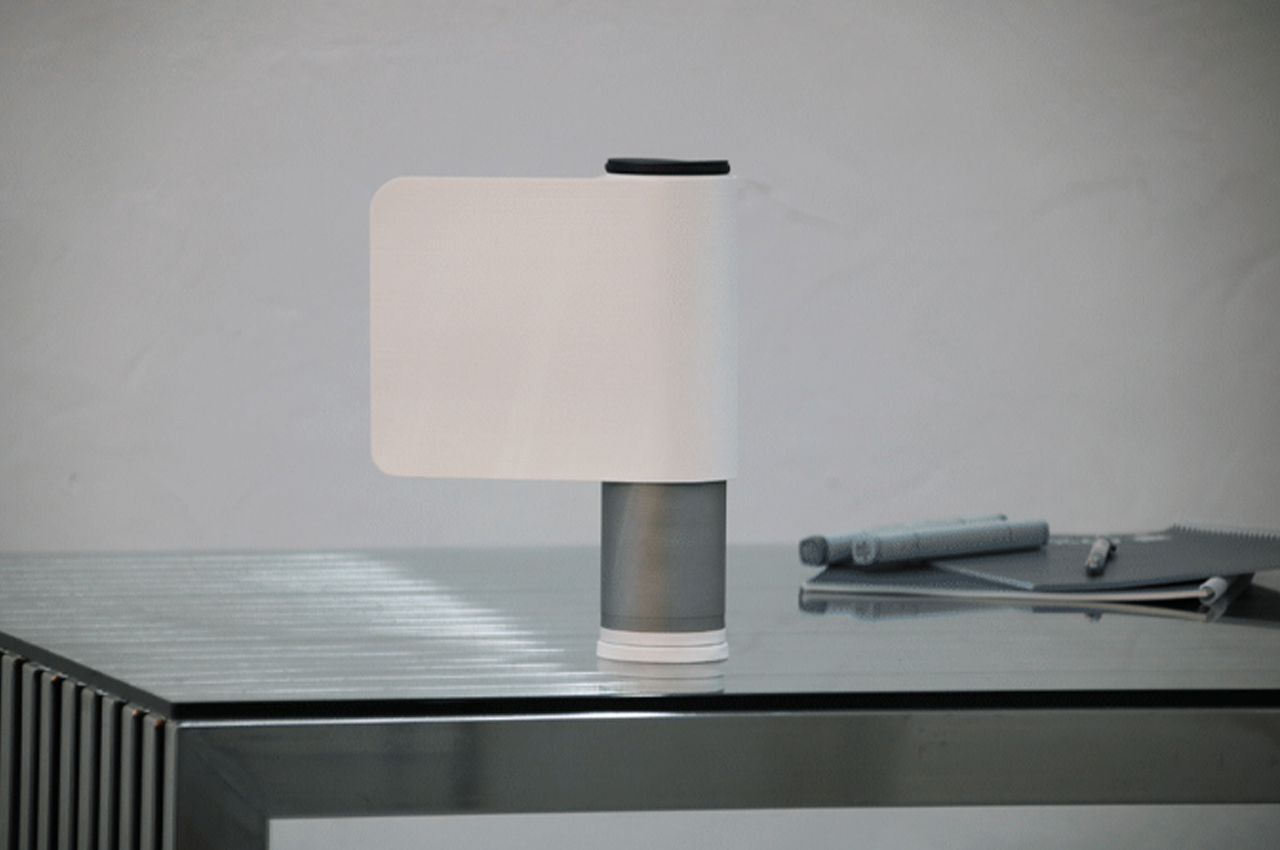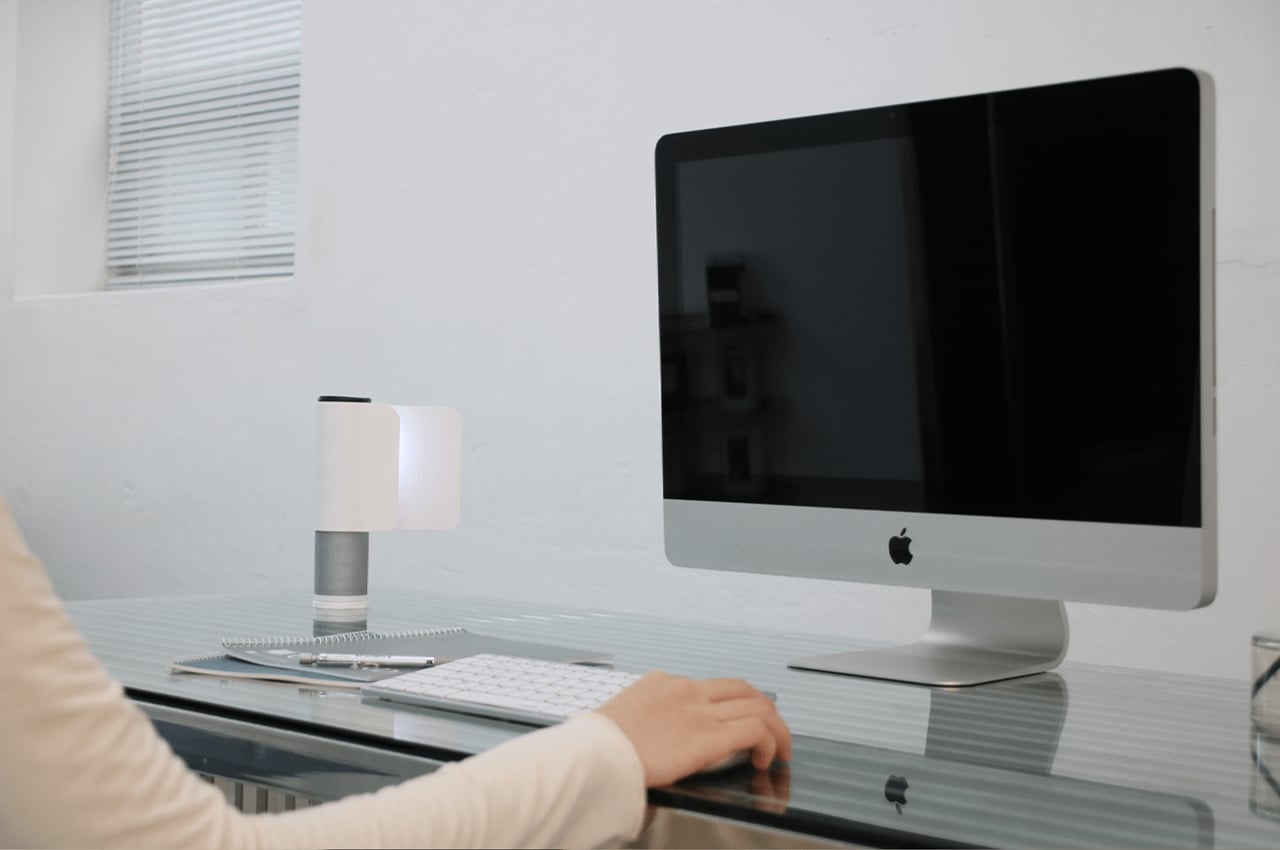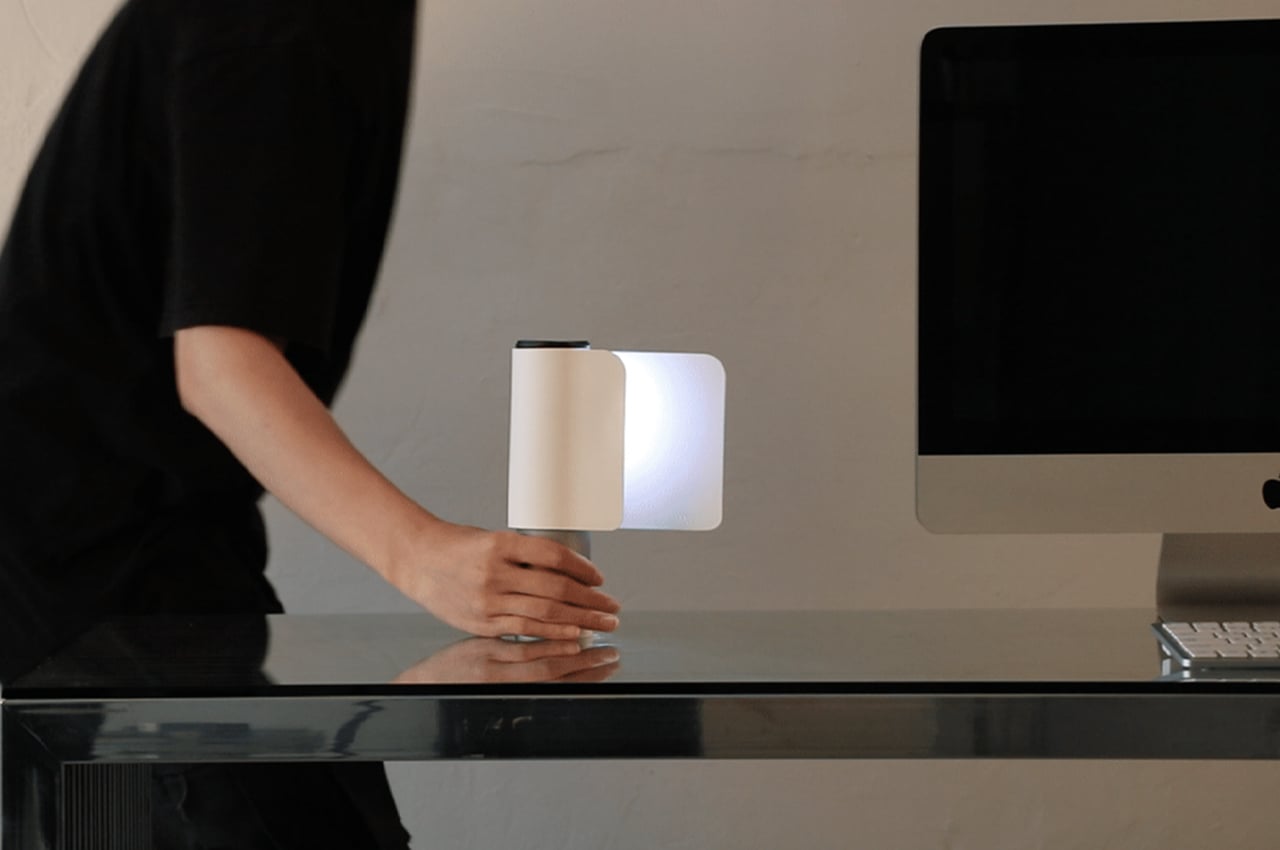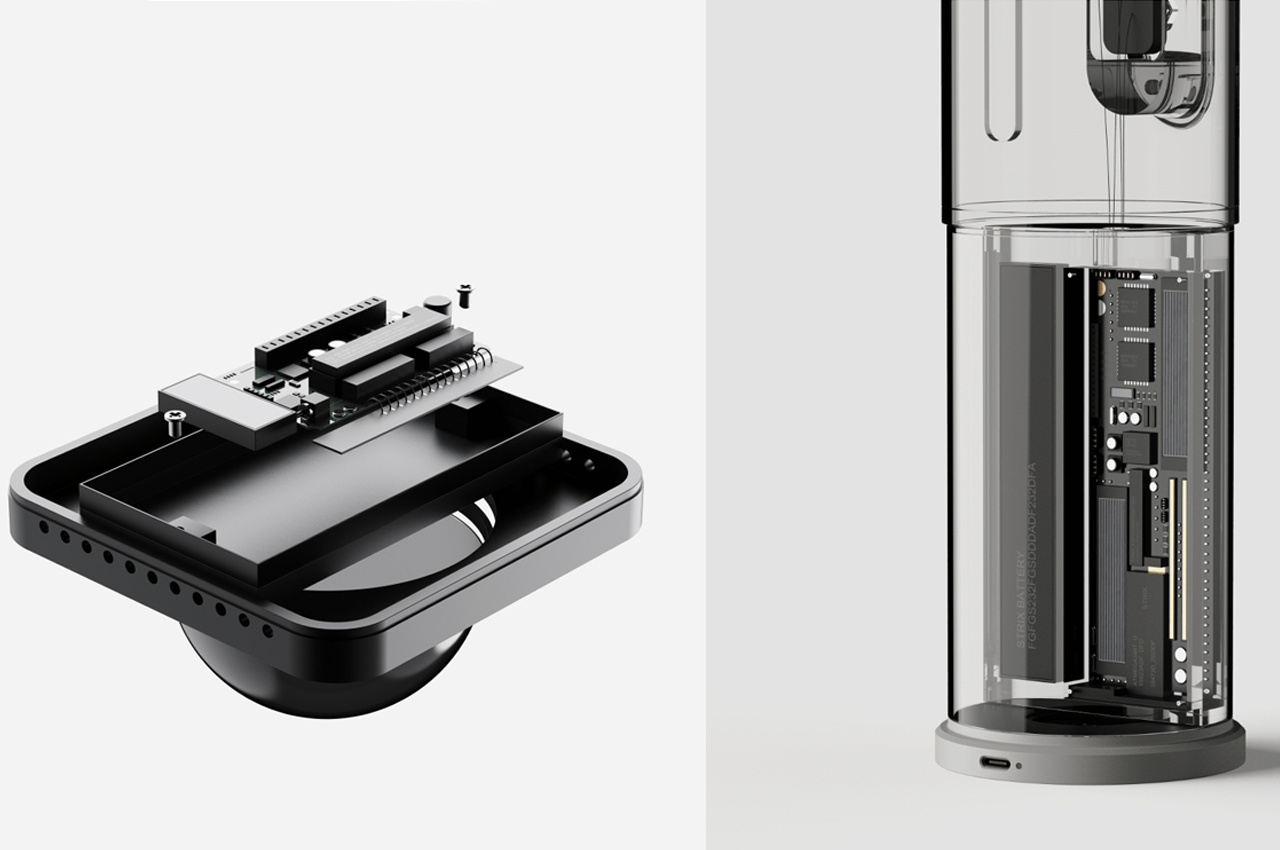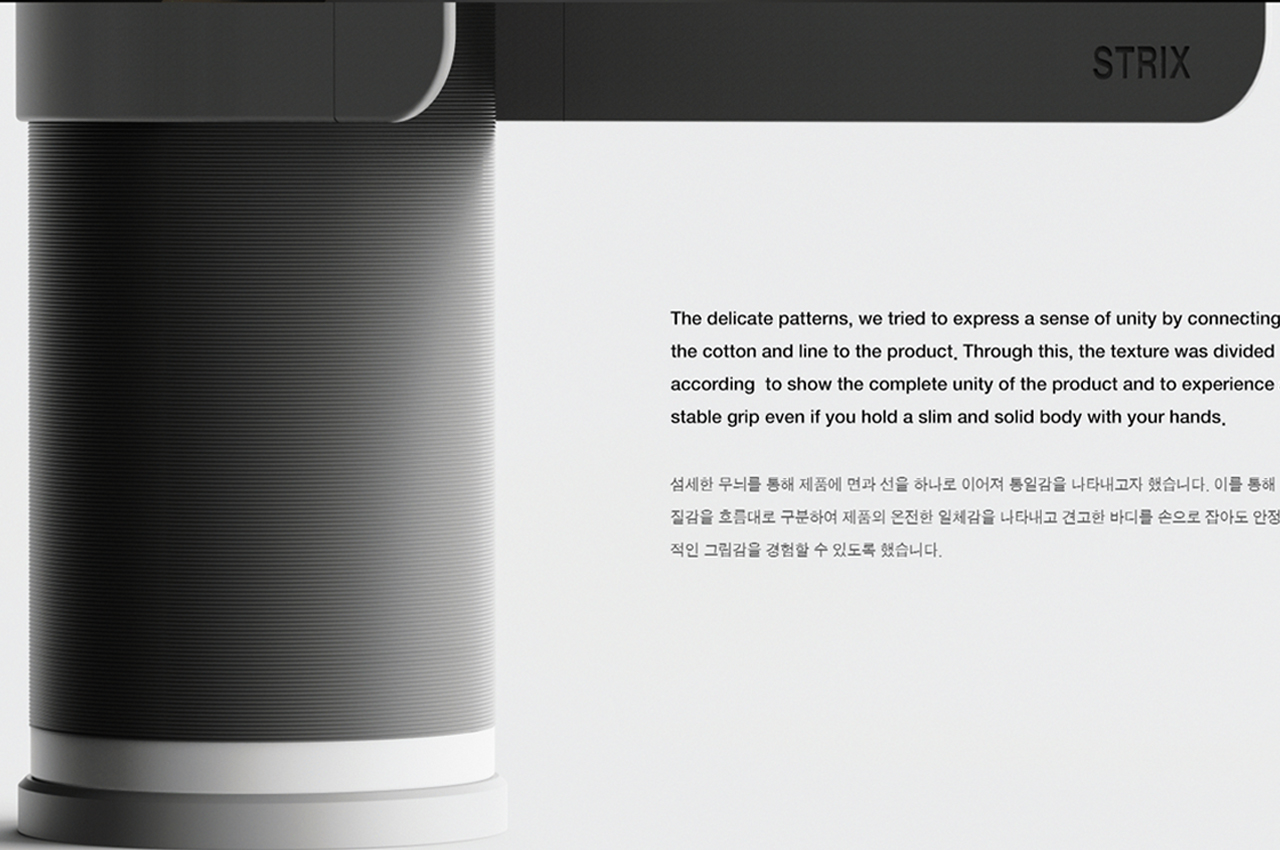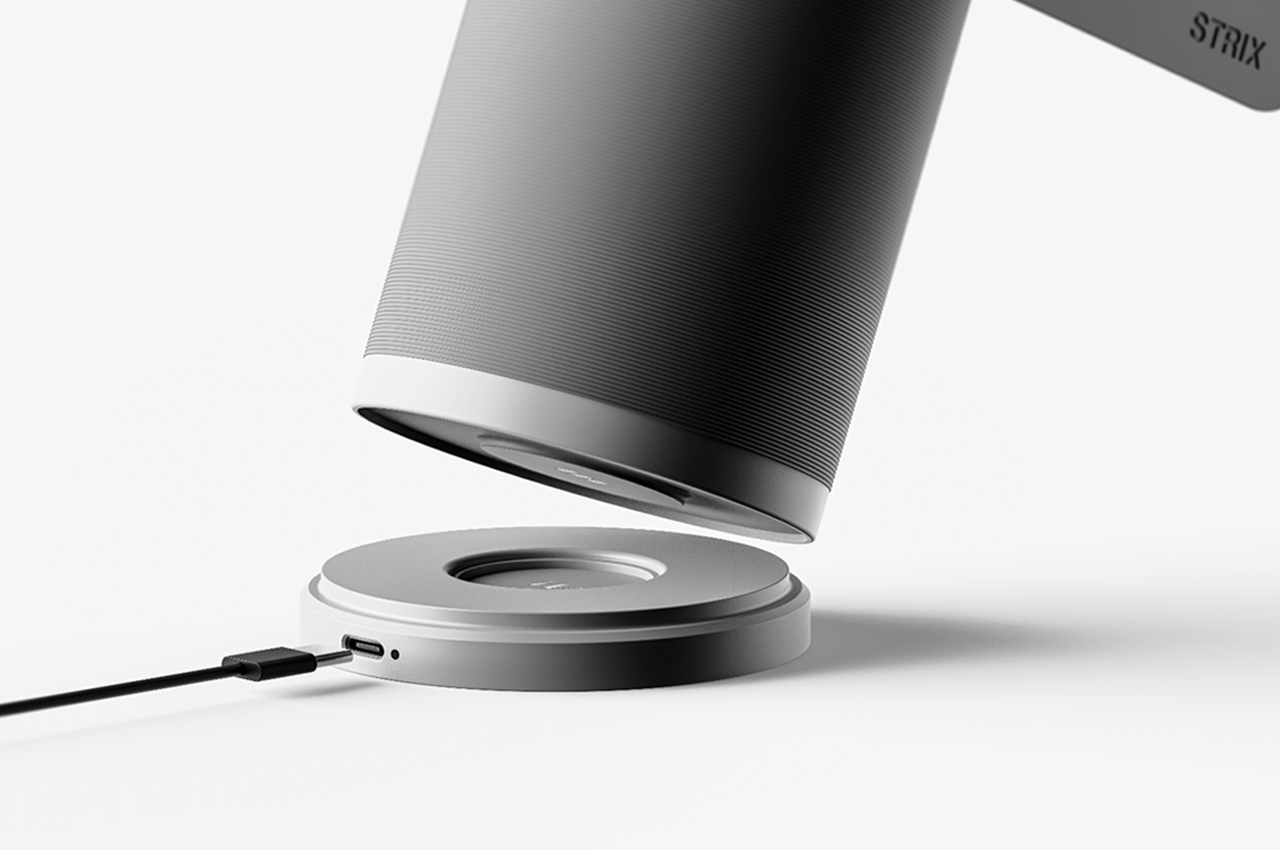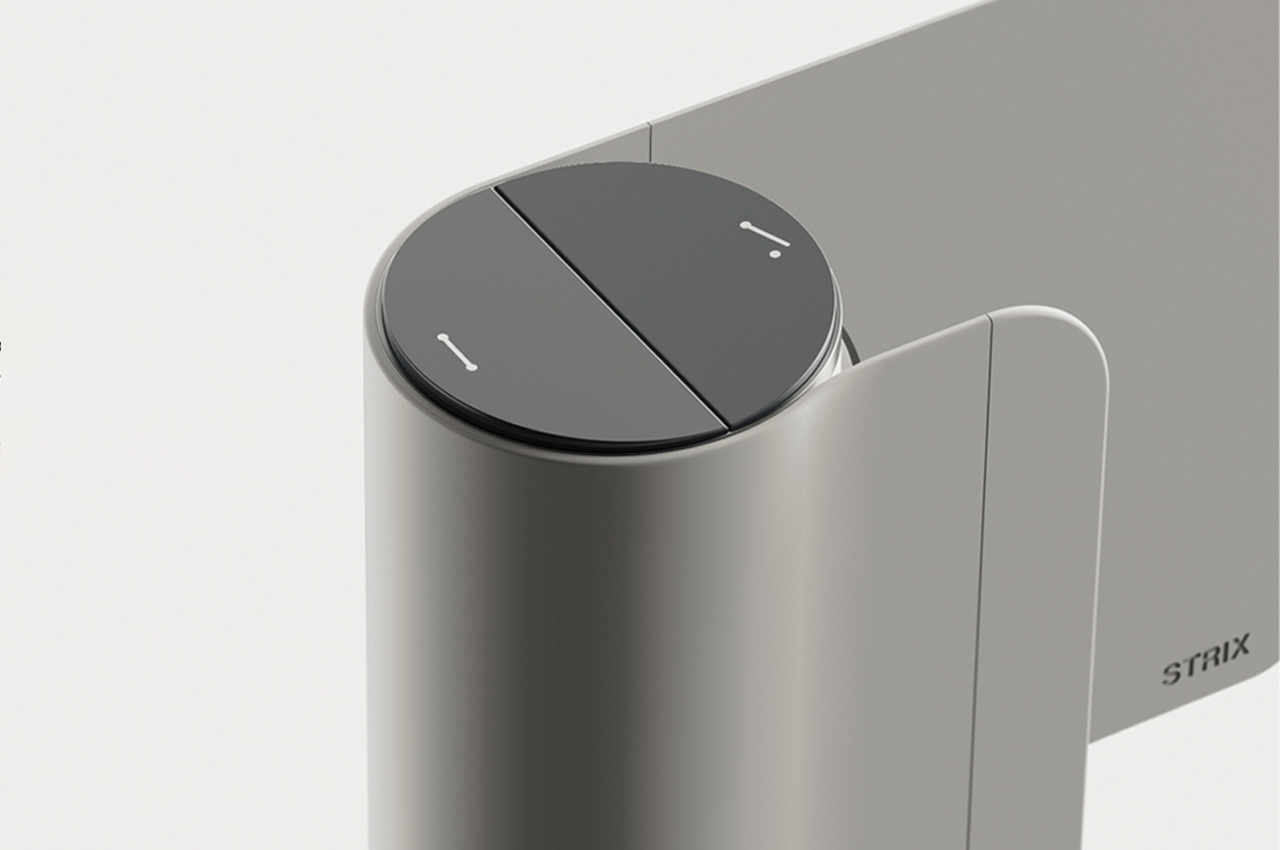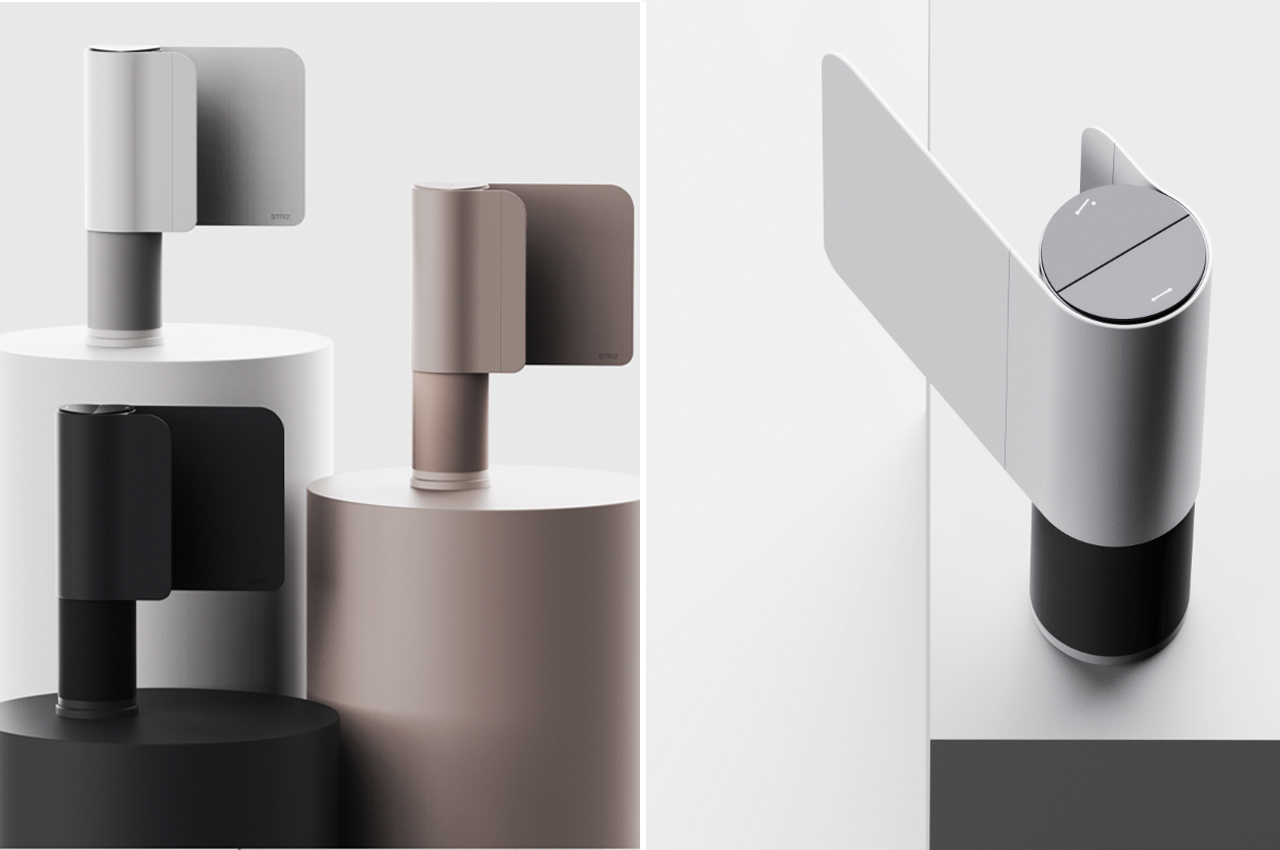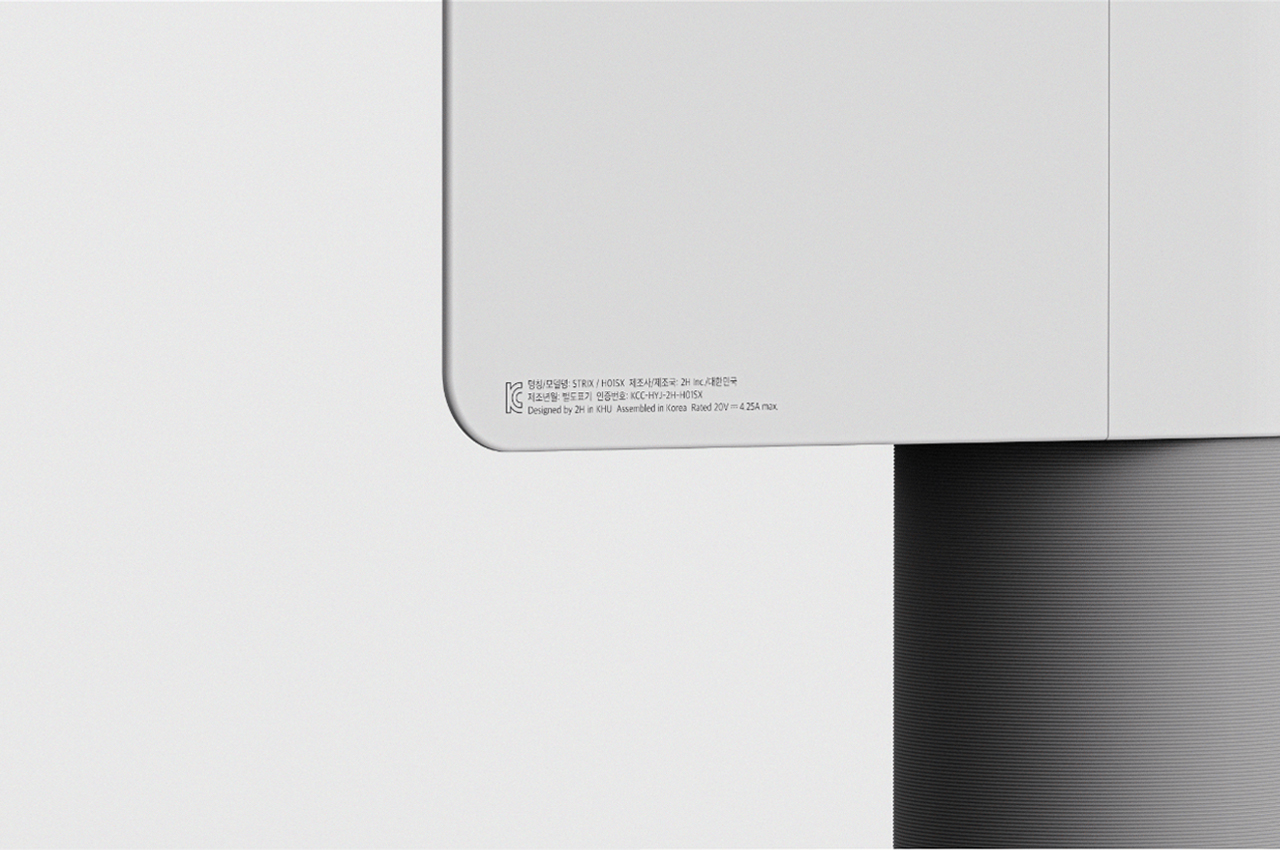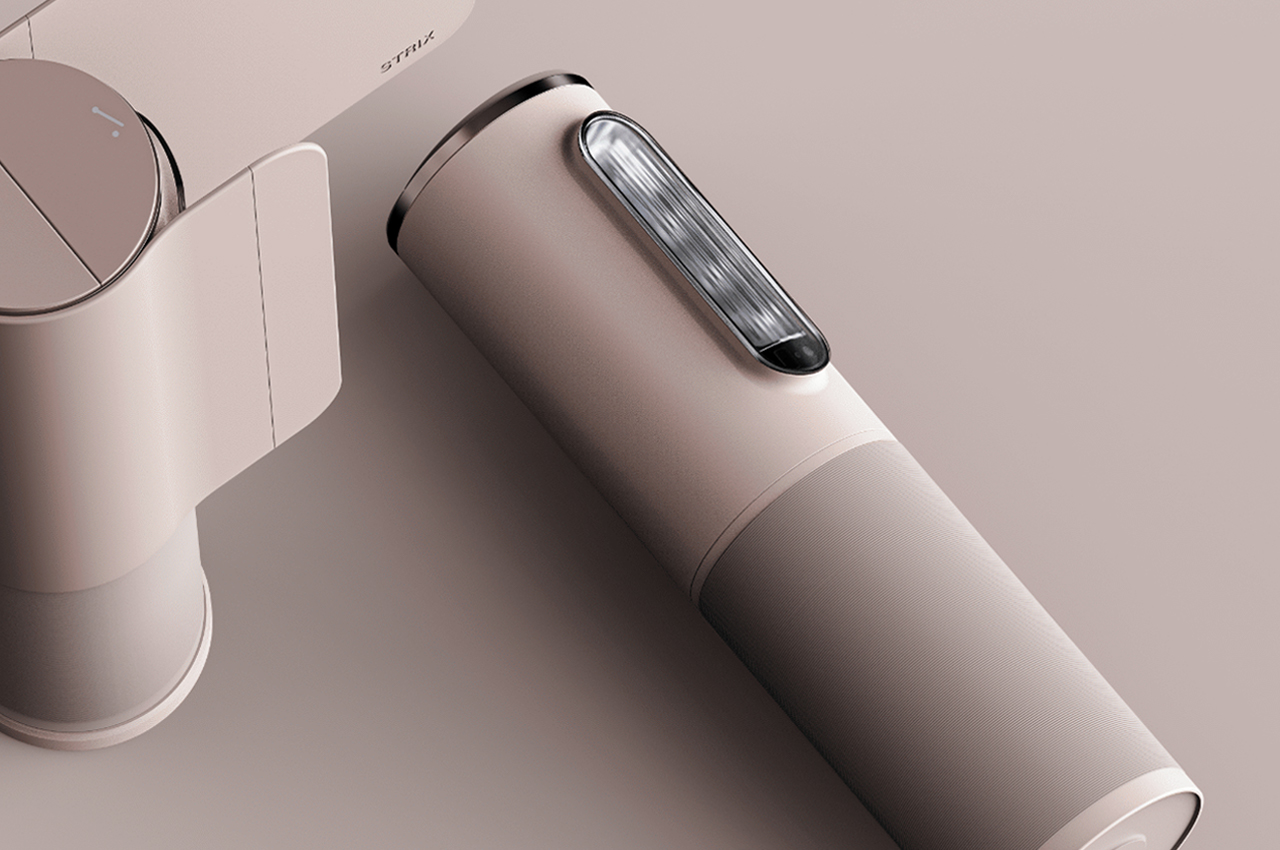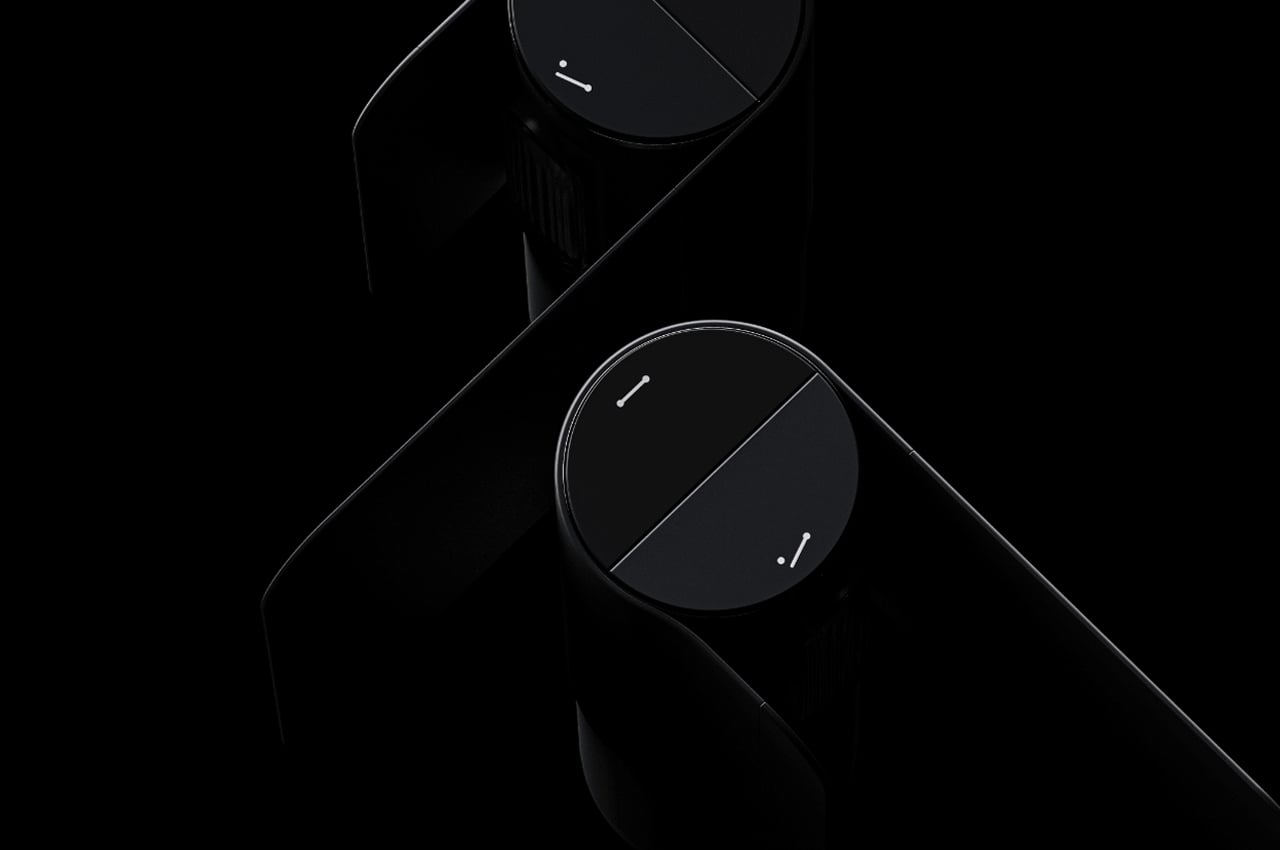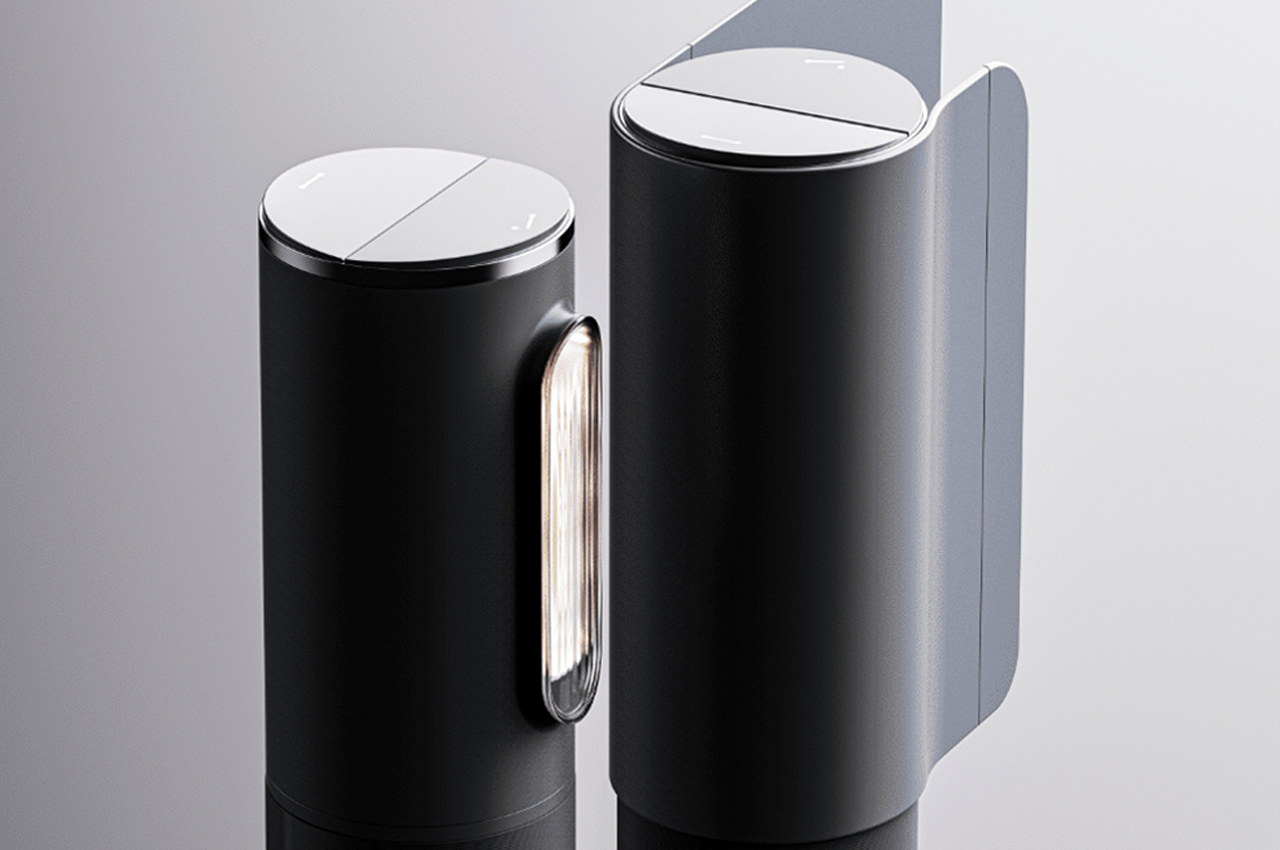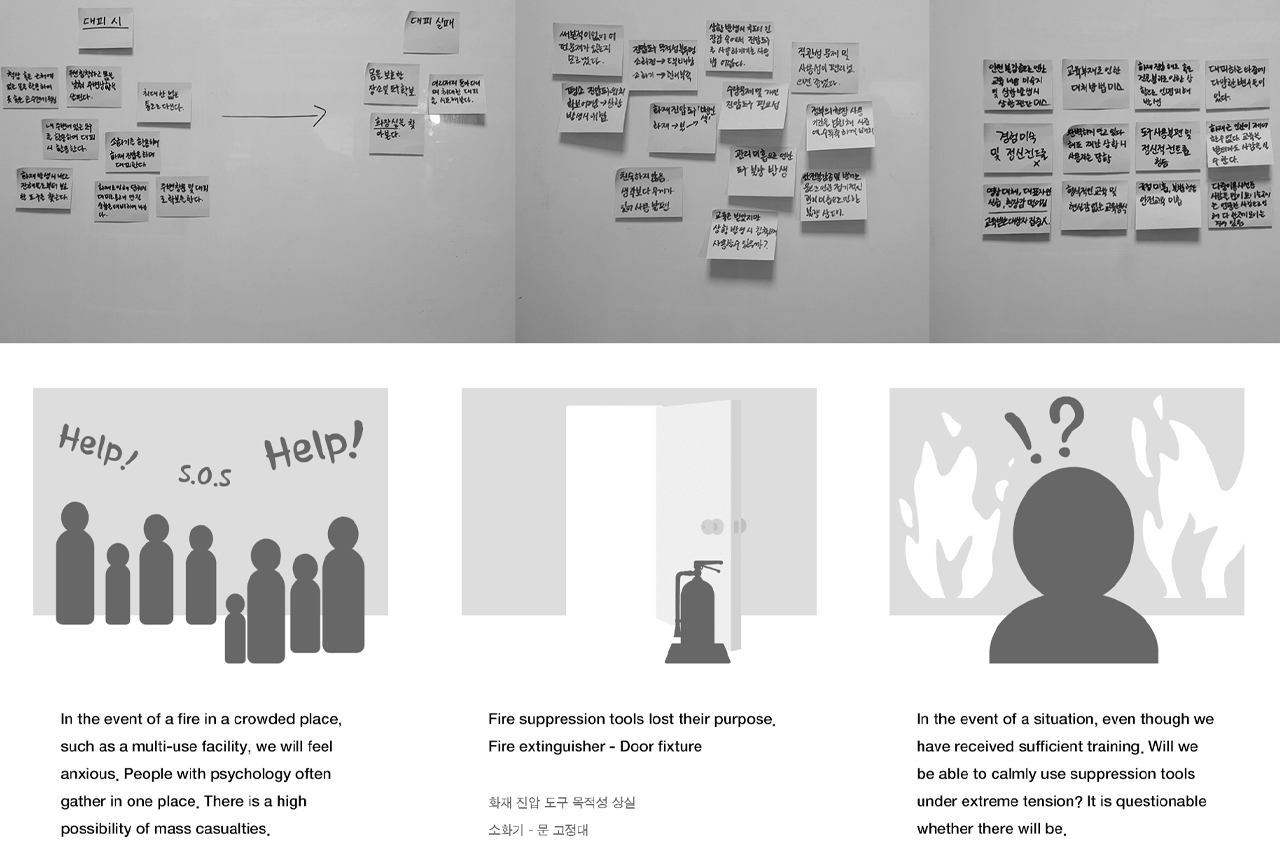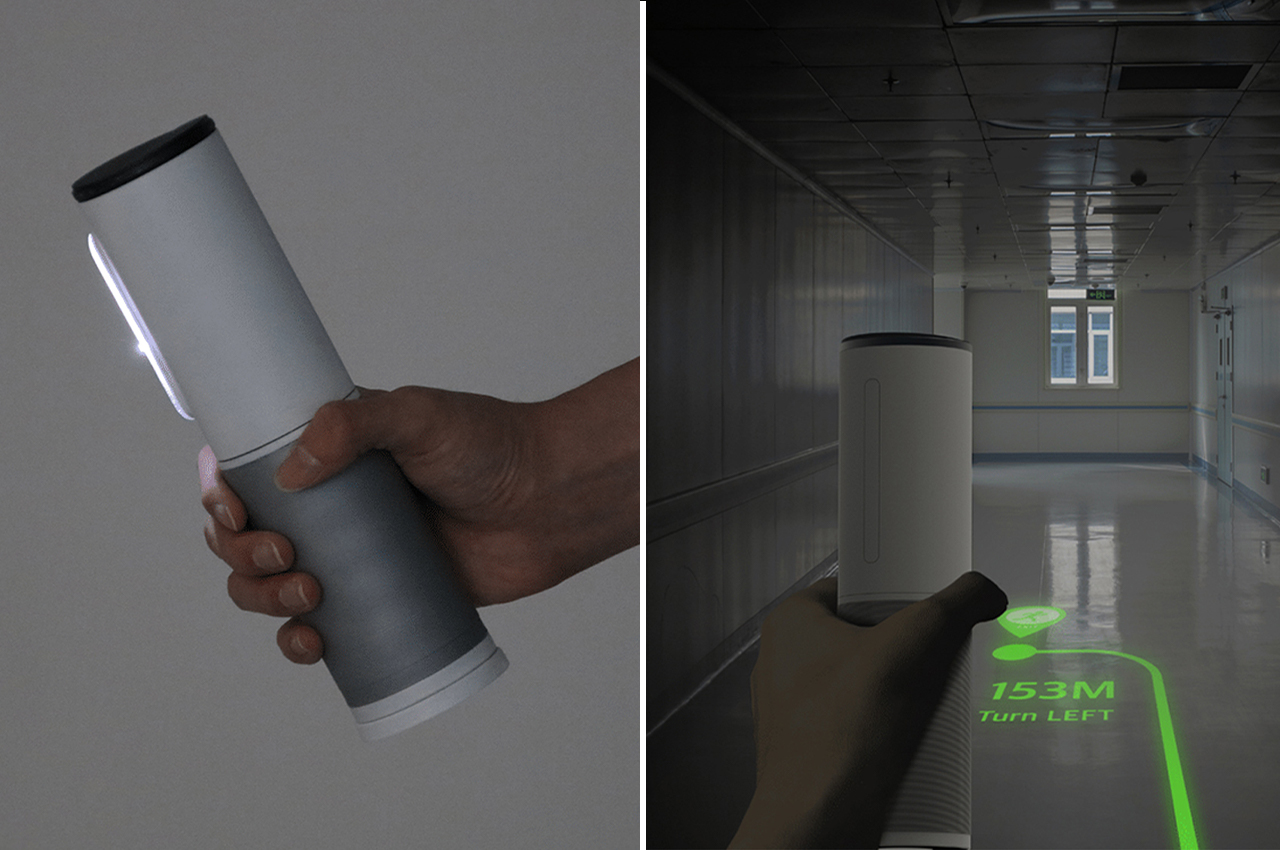![]()
Although Bluetooth item trackers existed long before, Apple really took things up a notch with the AirTags. Of course, what made these small discs really valuable wasn’t just their minimalist design but their use of Apple’s crowd-sourced Find My network. This system basically utilized the large number of iOS devices spread throughout the world to pinpoint the tracker’s location accurately and quickly. It was a long time coming, but Google finally launched its own version of that network, unsurprisingly dubbed “Find My Device,” and soon Android phone owners will also be able to locate lost wallets, misplaced remote controls, stolen bags, or any other items with these upcoming “item finders” designed for every need and purpose.
Designer: Pebblebee
![]()
It’s almost a meme about how remote controls tend to get sucked into the black hole that is the living room couch, but having no way to control a TV or entertainment system is no laughing matter. The new Pebblebee Tag for Android makes that problem a thing of the past by letting you stick a thin 40mm x 26mm (1.57in x 1.02in) black rectangle on the remote so that you can easily locate it later, even if it’s buried under cushions and pillows. Given its small size, it’s also trivial to slip this tracker in pockets, bags, and suitcases so that you’ll never accidentally forget them in the coffee shop ever again.
![]()
![]()
That Tag might be a tad too thick for your wallet, but the Pebblebee Card has you covered on that front. No larger than a credit card, this 2.8mm (0.11in) super-thin tracker promises to save you from the stress and fear of losing one of the most important objects in your life. And just like the Tag, it can be easily used for bags, laptop sleeves, and other slim spaces to give you that same peace of mind.
![]()
![]()
Keys are also often misplaced even at home, turning late mornings into frantic searchers for the small objects that give access to the car or, worse, the door. With a whole that’s perfect for a keyring or carabiner, the Pebblebee Clip makes sure that no item will ever be permanently lost. That includes anything with a hook, a zipper, or a hole that this small circle can attach to without getting in your way, like suitcase zippers or handles, bag straps, and bicycle handlebars.
![]()
![]()
All three Pebblebee trackers can be charged wirelessly and their batteries can last from 8 to 18 months before you actually need to put it down on the magnetic wireless charger again. With a bright LED and a loud melody, you can easily pinpoint the tracker’s location if it’s nearby, while Google’s new Find My Device network gives you global coverage if it is out of the 300ft Bluetooth range. All trackers are IPX6 water resistant, so you don’t have worry to too much about exposing them to the weather, and their minimalist design makes them fit with almost any object. The trackers also work with Pebblebee’s own mobile app, though they aren’t compatible with Apple’s Find My system.
![]()
![]()
![]()
![]()
The post Pebblebee trackers can find items with the new Google Find My Device network first appeared on Yanko Design.
